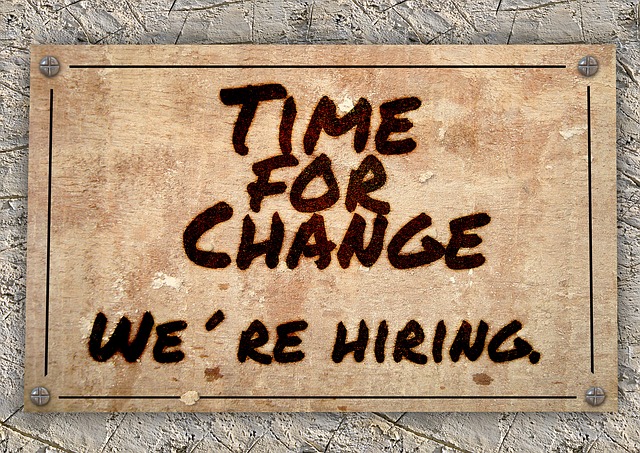Fundraiser Job Tips: How to Hire/Get Hired + Top Interview Questions
 In my last article I talked about how to pitch yourself for a new job. My focus was on fundraising jobs, but it’s a paradigm you can use for any time you’re trying to make a persuasive case for yourself.
In my last article I talked about how to pitch yourself for a new job. My focus was on fundraising jobs, but it’s a paradigm you can use for any time you’re trying to make a persuasive case for yourself.
Today I’d like to get to the part where you’ve transitioned from “selling” to the interviewer, and have arrived at the part where they sell to you. In other words, it’s your turn!
It’s important to prepare for this part of the interview. And, if you happen to be wearing the interviewer hat, you can use these tips to listen for important questions that will tell you a lot about your potential hire.
The Purpose of Question Time
Definitely come prepared with what you want (and need) to know to make a wise, informed decision. You’ll want to ask about this organization’s history, its programs, its culture (don’t overlook this one!), this position, and the person(s) for whom – and with whom — you’ll be working. Think about what success would look like for you, and probe to assure the pre-conditions to achieve that success are in place.
The interview is as much an opportunity for the candidate to get to know the hirer as it is a chance for them to get to know you. There’s little point in selling yourself for a job you ultimately don’t want and won’t enjoy. Where you’ll just be spinning your wheels. Where you won’t have a chance to grow professionally. Life is too short.
POINT OF PERSPECTIVE: I’ve interviewed a lot of candidates in my day. And, truth be told, if they don’t avail themselves of this opportunity to ask questions I really wonder about them. How can they be so lacking in curiosity? Did they not prepare for this conversation? How are they going to learn things on the job so they don’t just do things the right way, but do the right things? If it’s a front-facing fundraiser position, how are they going to be when faced with the opportunity to build a relationship with a donor?
When I’m in hiring mode, I don’t need a broadcaster as much as a relationship builder. I don’t need someone who boasts ad nauseum about themselves as much as need someone who probes for my interests, needs and challenges. So, if you’re the hirer, listen to see how many of these questions your candidates ask; be prepared to answer these questions.



 I’m a huge Seth Godin fan, always in awe of the plethora of wisdom he manages to pack into one pithy post. I save them up, building a collection I can draw upon for inspiration as life, personal and professional, pushes in.
I’m a huge Seth Godin fan, always in awe of the plethora of wisdom he manages to pack into one pithy post. I save them up, building a collection I can draw upon for inspiration as life, personal and professional, pushes in.
 The single most important lesson I ever learned.
The single most important lesson I ever learned.
 If you’ve never read management and marketing guru
If you’ve never read management and marketing guru 
 I confess I know virtually zip about artificial intelligence.
I confess I know virtually zip about artificial intelligence.
 Okay, I recently let folks know I’d “finagled” a discount for them. After one reader told me the word “finagle” means “to obtain something by devious or dishonest means,” I sent an apologetic “Ruh Roh” email. I received a lot of forgiving feedback. Thank you! Many of you kindly supported my initial use of the word “finagle.” Apparently, there is more than one definition.
Okay, I recently let folks know I’d “finagled” a discount for them. After one reader told me the word “finagle” means “to obtain something by devious or dishonest means,” I sent an apologetic “Ruh Roh” email. I received a lot of forgiving feedback. Thank you! Many of you kindly supported my initial use of the word “finagle.” Apparently, there is more than one definition.

 Here’s the deal: When you match people to environments or roles congruent with their skills, knowledge and strengths, they’ll do better.
Here’s the deal: When you match people to environments or roles congruent with their skills, knowledge and strengths, they’ll do better.